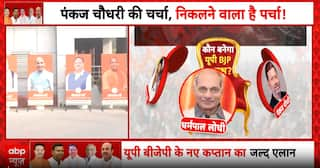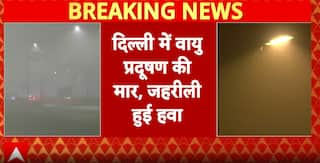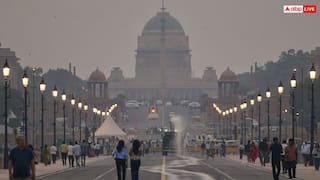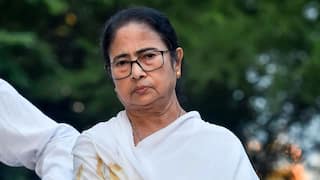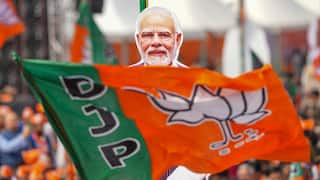Second Phase Of Caste Census Begins In Bihar, CM Nitish Kumar Reaches Residence In Bakhtiyarpur
First phase of caste census was to ascertain total number of households in the state while the second phase will record data pertaining to people of all castes, sub-castes, and religions.

Bihar Chief Minister Nitish Kumar on Saturday reached his residence in Patna’s Bakhtiyarpur as the second phase of the caste census began in the state today. “The second phase of caste census has started in the entire state. Our supervisors will start the survey of the caste-based census by going door-to-door. CM Nitish Kumar is coming to his house to participate in the census,” said Patna Sub Divisional Magistrate Kundan Kumar, reported news agency ANI.
The Chief Minister said that the caste-based census is "extremely beneficial if it is done in all states of the country."
"People will get to know about this very soon and we will raise awareness among them. We have instructed the officials to carry out the census without errors," he added.
In the ongoing caste census, the Bihar government has codes for a total of 115 castes. Apart from castes, the census will also record data on the level of education, financial status, source of income, and land in possession among other things.
#WATCH | Bihar CM & JD(U) leader Nitish Kumar arrives at his residence in Bakhtiyarpur in Patna district as the second phase of the caste-based census survey in the state begins today pic.twitter.com/3NRg03FfKY
— ANI (@ANI) April 15, 2023
The first phase of the caste census in Bihar started on January 7 and culminated on January 21. A total amount of around Rs 500 crore will be spent on the exercise.
Seen as a strong move to woo voters of different castes, the census was heavily debated in Bihar. It is also one of the reasons why JD(U) broke its alliance with BJP last year and formed a coalition government in the state with its old rival-cum-political partner, RJD.
Both CM Nitish Kumar and Deputy CM Tejashwi Yadav have been backing the cause of the caste census asserting it will help them form better welfare schemes for the people of different castes in the state.
In the first phase of the caste census, the total number of all the households in the state was ascertained while the second phase will record data about people of all castes, sub-castes, and religions.











